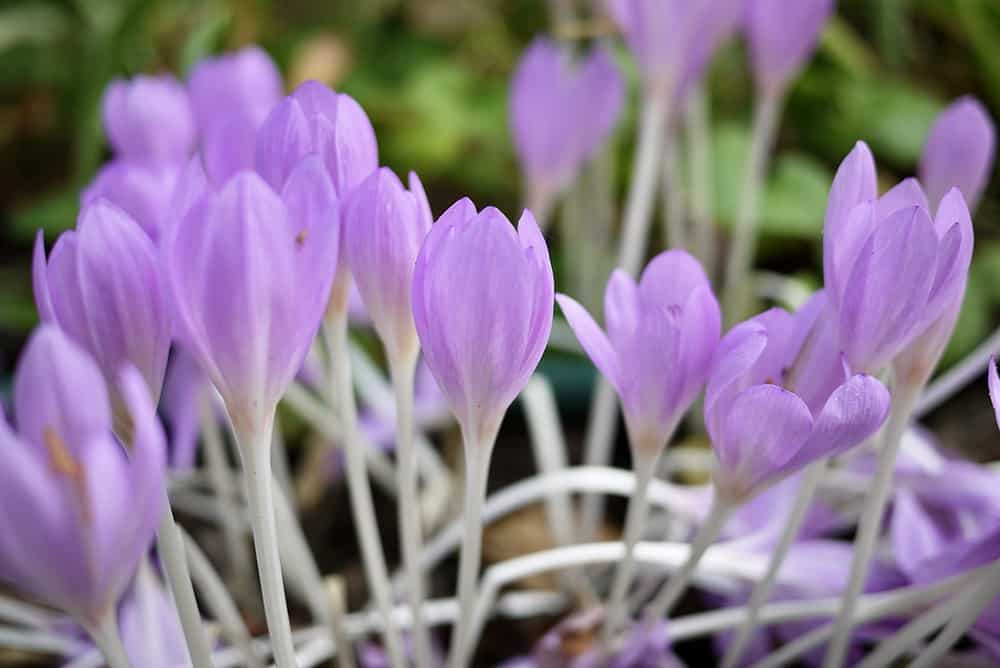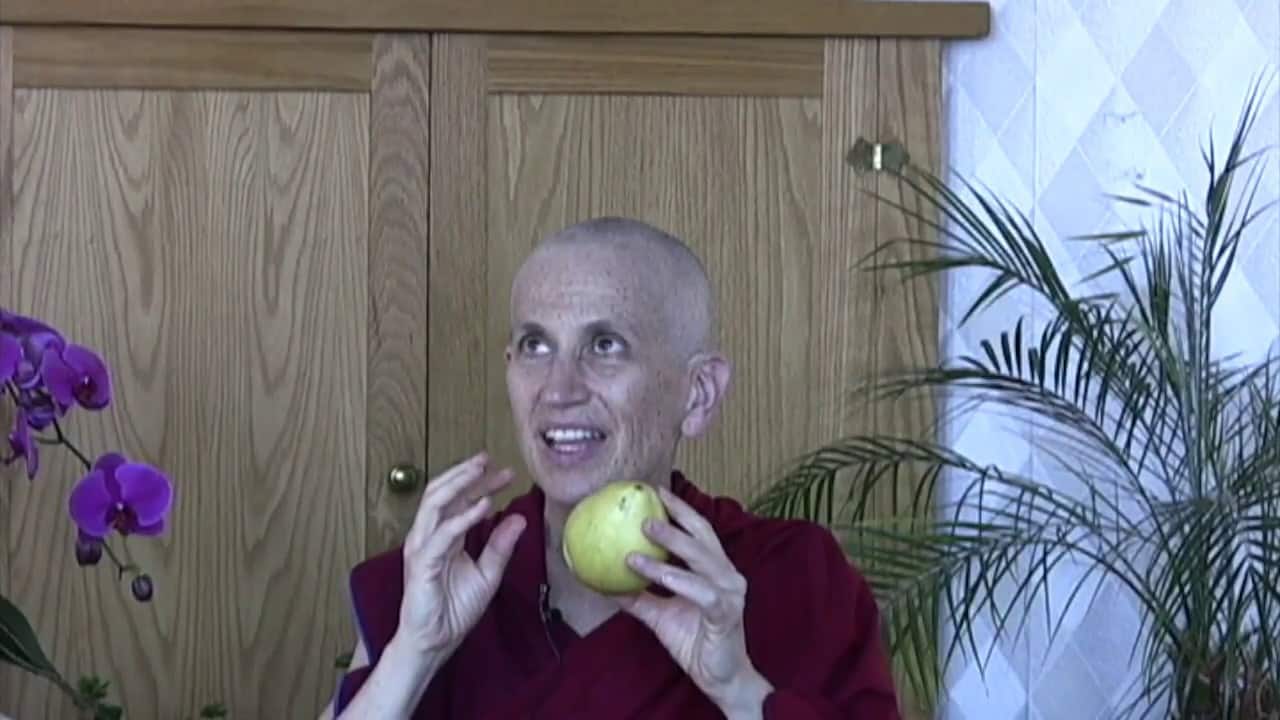Verse 3: The dreamlike nature of things
Part of a series of talks on the 41 Prayers to Cultivate Bodhicitta from the Avatamsaka Sutra (the Flower Ornament Sutra).
- Grasping at objects in a dream
- Trying to be aware when we’re dreaming
- Considering things as like a dream in our daily life
41 Prayers to cultivate bodhicitta: Verse 3 (download)
Yesterday we talked about the second verse,
“May all sentient beings attain the dimension of reality of a Buddha.”
This is the prayer of the bodhisattva when going to sleep.
That’s the analogy of absorbing the consciousness into a very refined state that we want to have happen in tantric practice in order to realize emptiness with the extremely subtle mind. And the analogy is, when going to sleep the sense consciousnesses absorb, the mental consciousness becomes more subtle, and so being aware at that time and trying to understand emptiness at that time as well.
Did any of you remember to think that way before you went to sleep? A few of you did. Good. It’s very nice. Try and make it part of your mindfulness practice before you go to sleep.
Then when you wake up, the next verse says,
“May all sentient beings realize the dreamlike nature of things.”
This is the prayer of the bodhisattva when dreaming.
When we are dreaming things appear real but they are not real. They do not exist in the way they appear. But when we’re in the middle of the dream we think they’re real, we grasp them to be real. In the same way, as we go around our daily life activities things appear truly existent, we grasp them to be truly existent, but they don’t exist as they appear. They exist falsely, they are not truly existent. So they are like dreams in the sense that they appear one way but they exist in another way.
When we’re dreaming, if we can be aware that we’re dreaming, that things appear real but they’re actually just dream objects, then in the same way that will help us when we’re awake to remember that things appear truly existent but they aren’t. So there’s a false appearance there. So this is the way we want to practice.
Of course, remembering when we’re dreaming that we’re dreaming is a little bit more difficult. So we might have to actually try it the other way around, and when we’re doing things in our daily life to be aware that things are like a dream in the sense that they appear one way but exist in another way. So this helps us, combined with the first part of contemplating emptiness when we’re going to sleep, to realize that things are empty of true existence but nonetheless they appear truly existent. So it’s a false appearance, they do exist, how do they exist, falsely, deceptively, but they’re empty at the same time. They exist dependently, they exist without being truly existent.
Venerable Thubten Chodron
Venerable Chodron emphasizes the practical application of Buddha’s teachings in our daily lives and is especially skilled at explaining them in ways easily understood and practiced by Westerners. She is well known for her warm, humorous, and lucid teachings. She was ordained as a Buddhist nun in 1977 by Kyabje Ling Rinpoche in Dharamsala, India, and in 1986 she received bhikshuni (full) ordination in Taiwan. Read her full bio.


